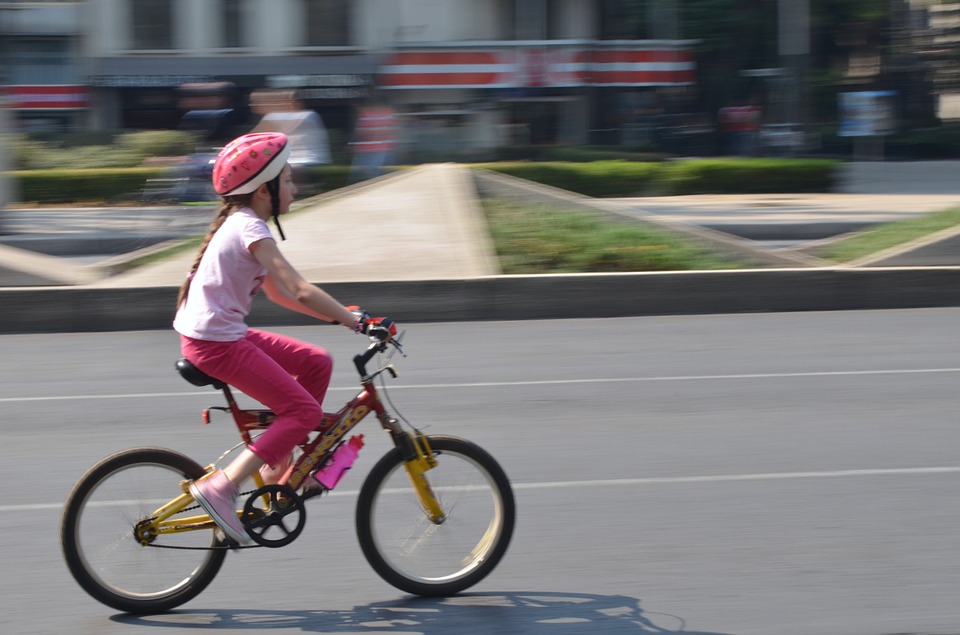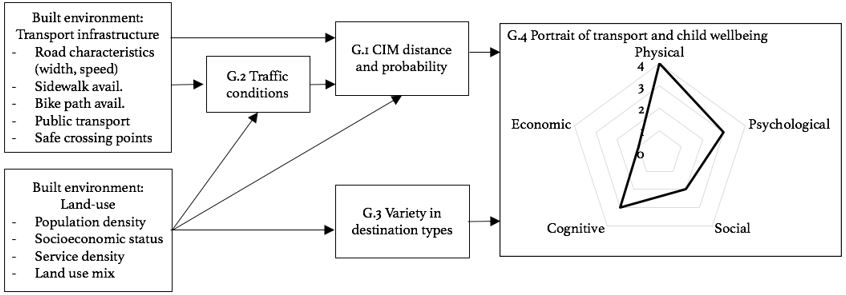The objective of the CHIME project is to improve the wellbeing of children in urban surroundings. Within the project, tools will be developed to contribute to the research field of children’s mobility and wellbeing in urban environments and to facilitate the transfer of knowledge to residents, interested non-governmental organizations and urban planners.

The GOALS of this project:
- estimation of local potential for independent mobility of children,
- localization and visualization of problem points of transport on child wellbeing,
- estimation of available types destinations by domains of wellbeing,
- development of an “overall value” that considers the results of the previous goals (1-3),
- test for transferability to another urban contexts.
For this purpose, existing knowledge on the following topics will be built upon:
- the impact on transport on children’s wellbeing
- the relationship of urban planning to children’s active and independent mobility; and
- relationship of different goals to different domains of wellbeing.
CONTEXT
The design of the street, traffic conditions and the neighborhood (design of buildings, population density etc.) can influence children’s travel. The idea of this project is to develop tools (goals 1 & 2) that use this information and visually identify problem areas for planners related to these three factors, helping cities improve conditions for (the independent mobility of) children.
Different places are associated with different activities and these contribute to different areas of wellbeing. These are identified as part of goal 3. Combining the potential of children’s independent mobility with the existing destination types results in a target-specific potential of wellbeing (goal 4). Children’s wellbeing is divided into five different domains: physical, psychological, cognitive, social and economic. The basic idea of the project is shown in figure 1.

METHODOLODGY
In this study, the focus is on children aged 9-12 years (elementary school), who are more likely to have parental permission to travel independently. This age group is also the primary focus of previous research on children’s independent mobility, so existing knowledge can be built upon. Focus groups and design charrettes with children will be conducted. The primary study site is Quebec City, Canada. The transferability of the tools will be tested by applying them to two other urban centers: Montreal (larger than Quebec City) and Sherbrooke (smaller than Quebec City).
Team
PI: Owen Waygood, Polytechnique Montréal
Co-applicants:
- Irene Abi-Zeid, Université Laval
- Catherine Morency, Polytechnique Montréal
- Antonio Paez, McMaster University
Collaborators
- Margareta Friman, Karlstad University, Sweden
- Lars Olsson, Karlstad University, Sweden
- Juliane Stark, BOKU
